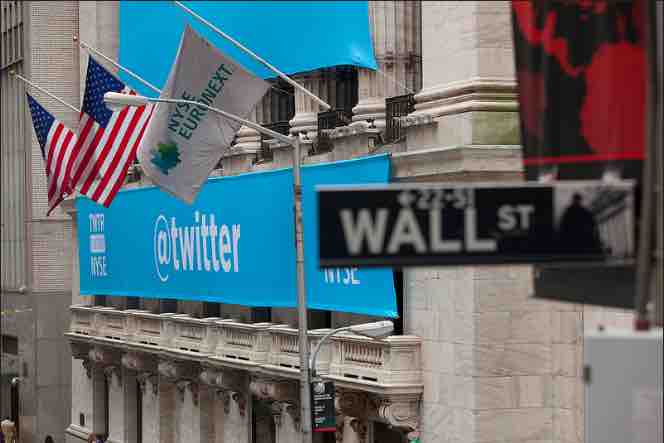In corporate finance, a "window of opportunity" basically is the idea of a time when an asset or product that is unattainable will become available. It can be extended to a time when a certain product will be attainable at a certain price or from an opposite perspective, the unique time a party will be able to sell a certain product at its highest price point in order to get a maximum return on investment.
For example, when a firm issues an IPO, which allows a company to tap into a wide pool of potential investors to provide itself with capital for future growth, repayment of debt, or working capital. A company selling common shares is never required to repay the capital to its public investors. Those investors must endure the unpredictable nature of the open market to price and trade their shares. However, for a company with massive growth potential, the IPO may be the lowest price that the stock is available for public purchase. Therefore, the IPO presents a window of opportunity to the potential investor to get in on the new equity while it is still affordable and a greater return on investment is attainable. From the firm side, the opportunity to purchase a new plant or real estate at a cheap cost or lower lending rates also presents an opportunity to attain a greater investment on assets used in production. Management of a firm must take this into account in order to keep costs low and returns high, in order to make the firm look like the best possible investment for creditors of all types.

Twitter at the New York Stock Exchange
A Twitter banner hanging over the New York Stock Exchange on the day of its IPO.